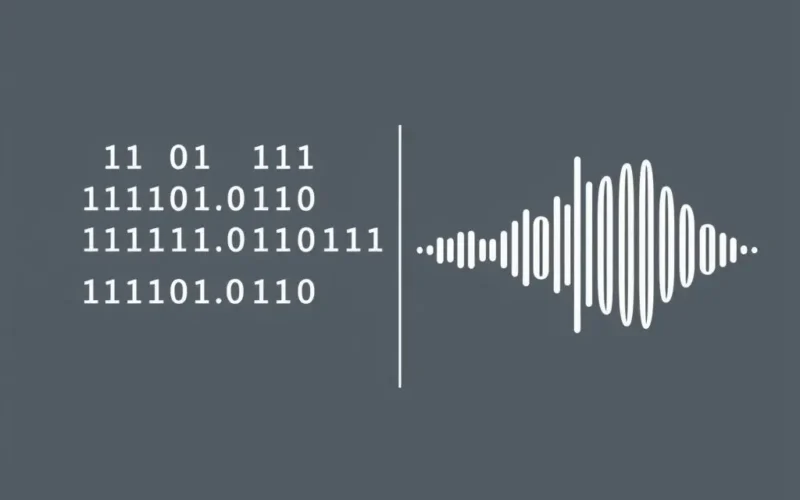Ever cranked up your favorite tune and just…marveled? How does that invisible stream of data, those ones and zeroes tucked away on your phone or zipping through the airwaves, explode into the rich, thumping bass and soaring vocals that make you want to dance? It’s a journey from silent code to sonic boom, a transformation that happens countless times a day in those unassuming boxes we call speakers. Forget the buffering wheel for a moment; let’s dive into a different kind of data flow – the one that ends in pure auditory bliss.
Table of Contents
The Digital Blueprint: Understanding Digital Audio
Before sound can fill your room, it usually starts as digital audio. Think of this as a highly detailed instruction manual for creating sound. Your MP3s, streaming music, and movie soundtracks are all stored or transmitted as a series of numbers – specifically, binary code (0s and 1s). This code represents samples of the original analog sound wave, capturing its amplitude (loudness) at thousands of points per second. The more samples taken (sample rate) and the more data used for each sample (bit depth), the more accurately the digital audio represents the original sound.
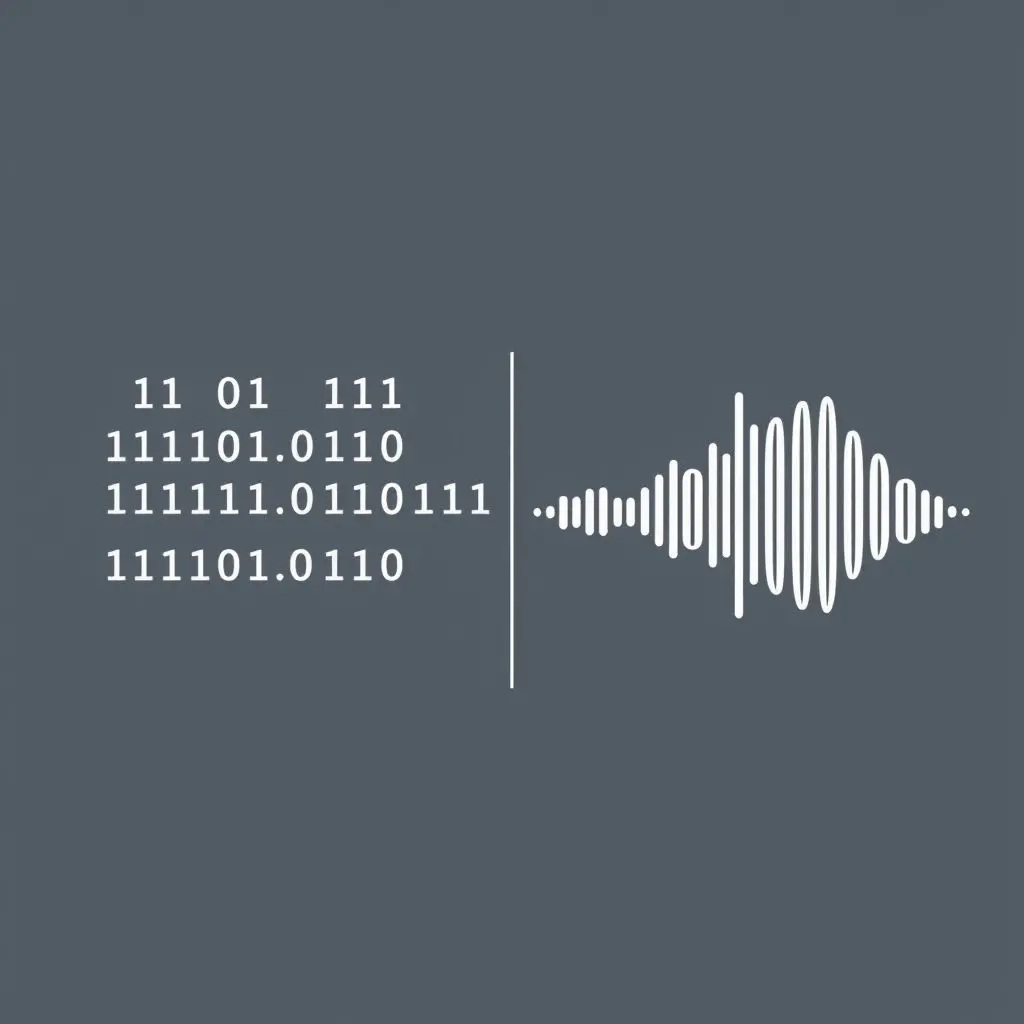
The Alchemist’s Stone: The Digital-to-Analog Converter (DAC)
The first crucial step in turning these numbers into something you can hear is the Digital-to-Analog Converter, or DAC. This unsung hero is a tiny chip found in your smartphone, laptop, smart speaker, or amplifier. Its job is monumental: to translate the discrete, stepwise digital signal (those 0s and 1s) back into a continuous analog electrical signal that mirrors the original sound wave.
Imagine drawing a curve by connecting a series of dots. The digital audio is the set of dots, and the DAC is the artist meticulously drawing the smooth curve that connects them. A higher quality DAC can do this more accurately, resulting in a cleaner, more faithful sound.
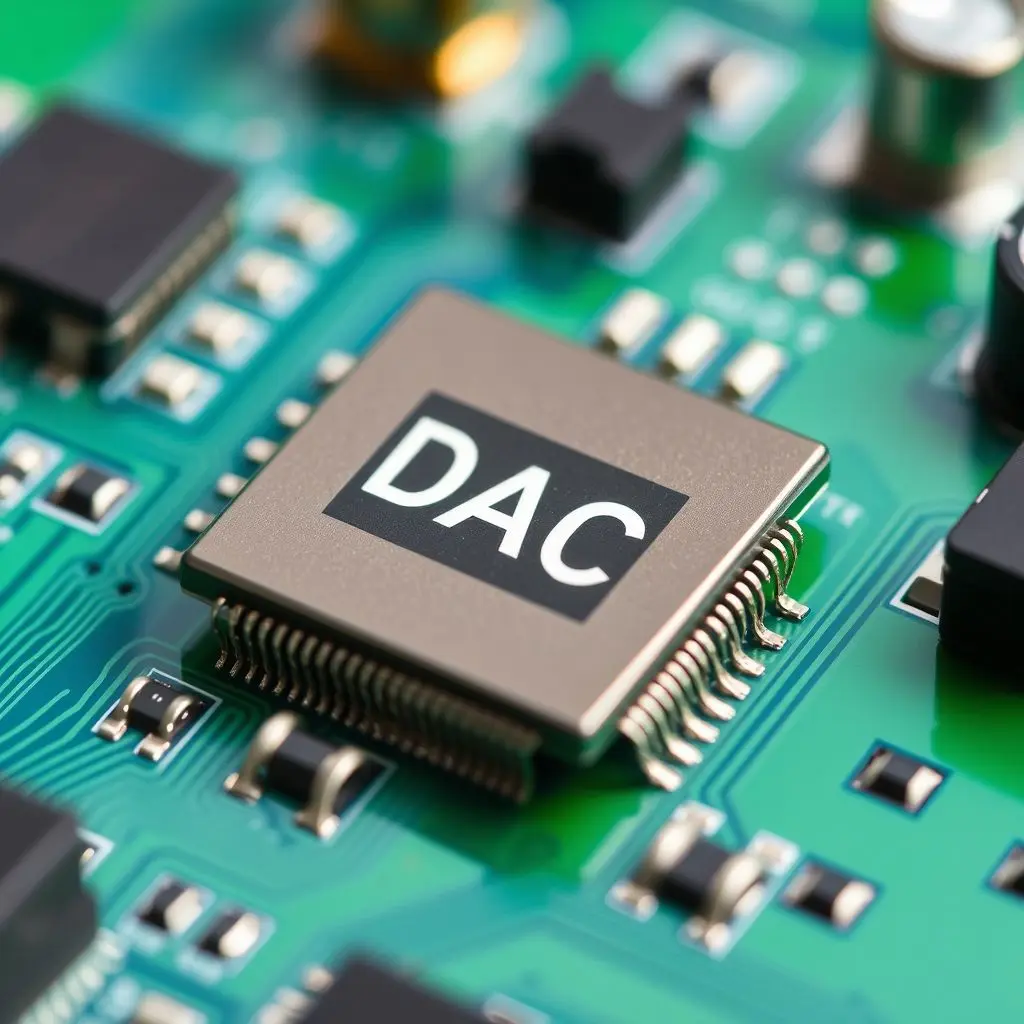
Pumping Up the Volume: The Amplifier
The analog signal that emerges from the DAC is very weak – too faint to drive a speaker directly. This is where the amplifier (often shortened to “amp”) steps in. Its role is to take this low-power audio signal and boost its strength, or amplitude, significantly. Think of it as giving the delicate signal from the DAC the muscle it needs to do some heavy lifting.
An amplifier increases the voltage and/or current of the signal without (ideally) altering its waveform. A good amplifier provides clean power, ensuring that the boosted signal is a faithful, more powerful replica of the DAC’s output. This amplified electrical signal now has enough oomph to physically move the components of a speaker.
The Heart of Sound: Inside the Speaker Driver
Now we arrive at the speaker itself, specifically the speaker driver – the component that actually produces sound. Most speakers use a dynamic driver, which works on the principle of electromagnetism. It typically consists of three main parts:
- The Diaphragm (or Cone/Dome): This is a lightweight, semi-rigid membrane, often cone-shaped for larger drivers (like woofers) or dome-shaped for smaller drivers (like tweeters). Its job is to push and pull the air, creating sound waves.
- The Voice Coil: A coil of fine wire attached to the narrow end of the diaphragm. The amplified electrical audio signal from the amplifier flows through this coil.
- The Permanent Magnet: A fixed magnet, typically ring-shaped or cylindrical, that creates a constant magnetic field around the voice coil.
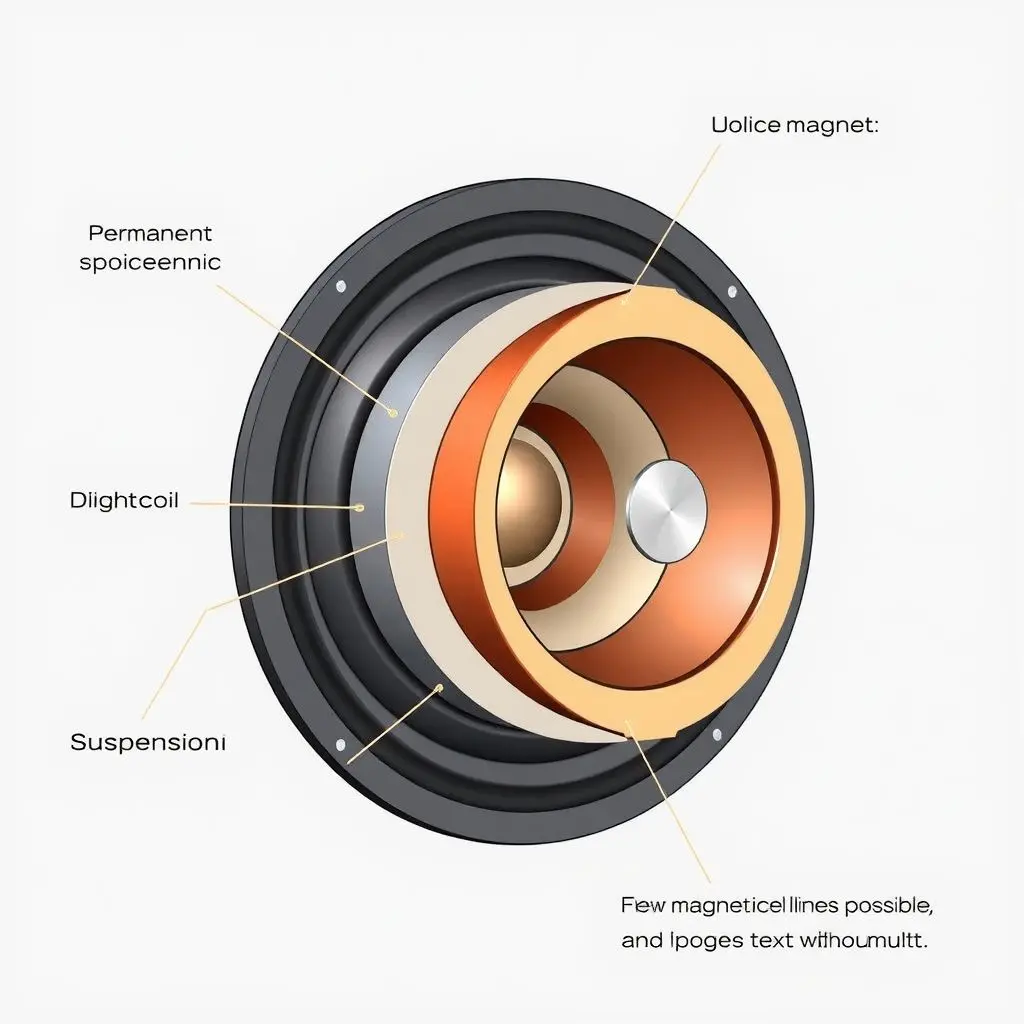
How They Dance Together: Creating Sound Waves
Here’s where the magic happens:
- The amplified audio signal (an alternating current) from the amplifier flows through the voice coil.
- This current creates a fluctuating magnetic field around the voice coil.
- This electromagnet interacts with the static magnetic field of the permanent magnet. Because like poles repel and opposite poles attract, the voice coil is rapidly pushed and pulled.
- Since the voice coil is attached to the diaphragm, the diaphragm moves in and out in sync with the voice coil’s vibrations.
- This back-and-forth movement of the diaphragm compresses and rarefies the air in front of it, creating pressure waves. These pressure waves are what we perceive as sound!
The frequency of the audio signal determines how fast the diaphragm vibrates (pitch), and the amplitude of the signal determines how far it moves (loudness).
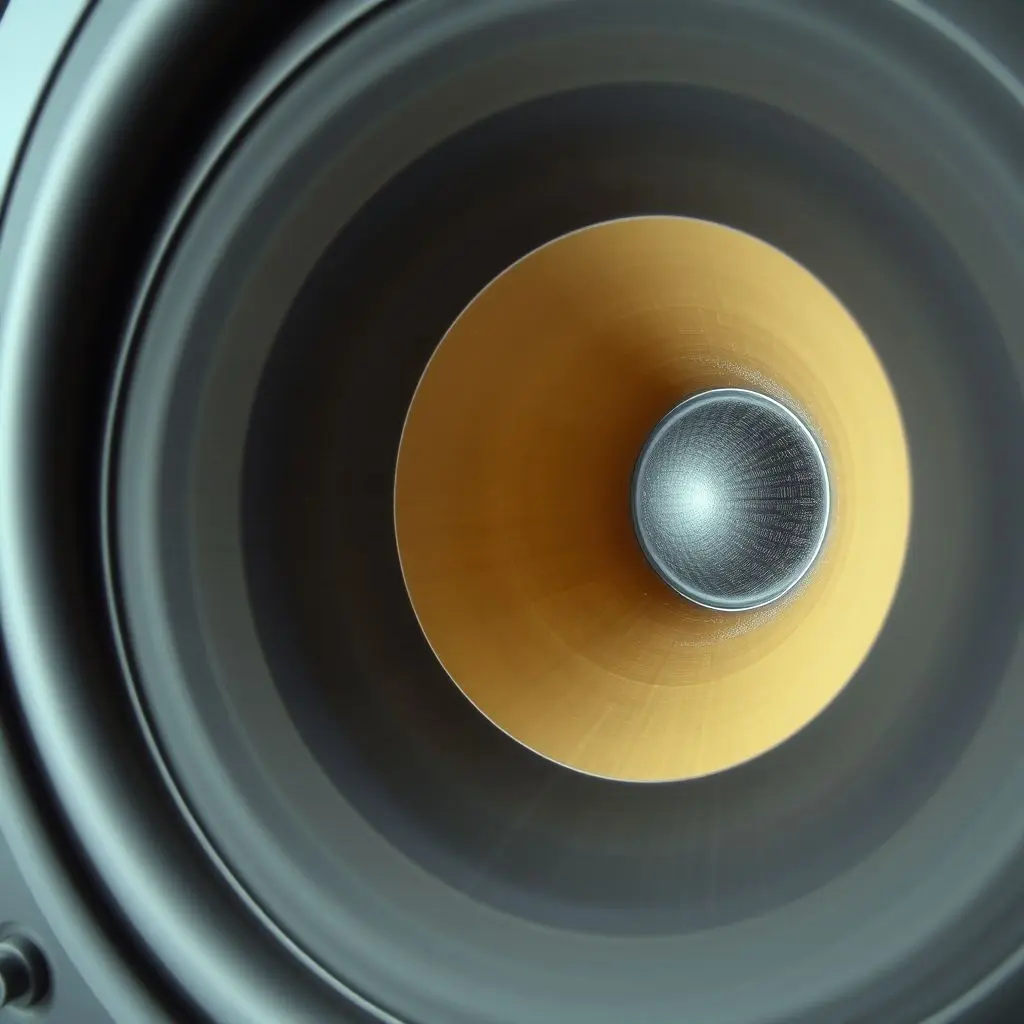
From Bits to Bliss: The Symphony of Technology
And there you have it! The journey from a silent string of digital ones and zeroes to the immersive soundscapes that enrich our lives is a testament to incredible engineering. Every time you listen to music, watch a movie, or even hear a notification, this intricate process unfolds in fractions of a second. It’s a beautiful symphony of digital processing, electrical amplification, and mechanical movement, all working in harmony to bring sound to your ears. So, the next time you’re captivated by a powerful soundtrack or a crystal-clear voice, take a moment to appreciate the fascinating technology that makes it all possible.
Frequently Asked Questions (FAQs)
Q1: Does the material of the speaker cone affect sound quality?
A1: Absolutely! The diaphragm (cone) material significantly impacts sound. Materials like paper, polypropylene, kevlar, aluminum, or beryllium are chosen for their lightness, stiffness, and damping properties. Each material has its own sonic characteristics, influencing the speaker’s accuracy, warmth, and responsiveness.
Q2: What’s the difference between a woofer and a tweeter?
A2: Woofers and tweeters are both speaker drivers, but they are designed to reproduce different frequency ranges. Woofers are larger and designed to produce low-frequency sounds (bass). Tweeters are smaller and designed for high-frequency sounds (treble). Many speaker systems also include midrange drivers for frequencies in between.
Q3: Can a speaker work without an amplifier?
A3: Technically, the raw signal from a DAC could make a highly sensitive speaker produce a very faint sound, but for practical purposes, no. The signal from most audio sources (like a phone’s DAC or a CD player) is far too weak to drive a speaker to audible levels with any quality. An amplifier is essential to provide the necessary power.
Q4: How does digital noise reduction work before sound reaches the speaker?
A4: Digital noise reduction often happens before the DAC stage. Algorithms analyze the digital audio signal to identify patterns characteristic of noise (like hiss or hum) and then attempt to subtract or minimize these unwanted components from the data, ideally leaving the desired audio signal intact. This cleaned signal is then passed to the DAC and onto the speaker.
